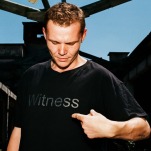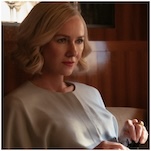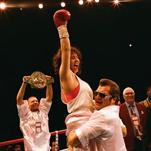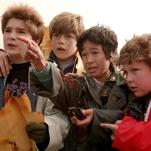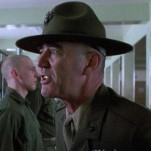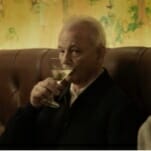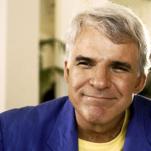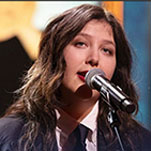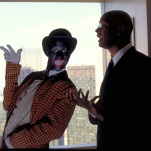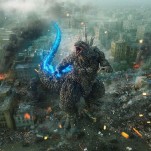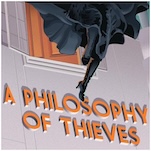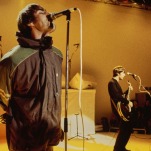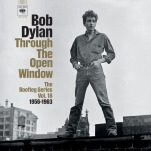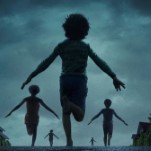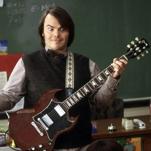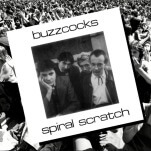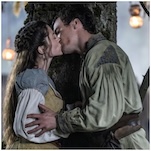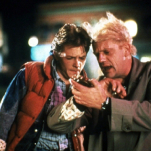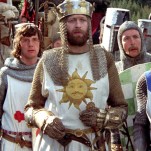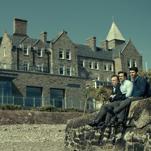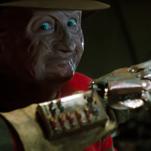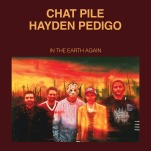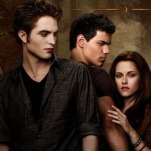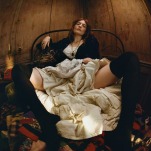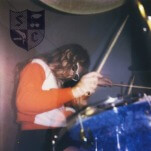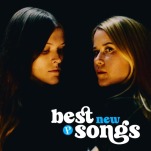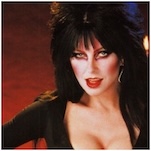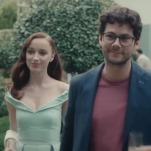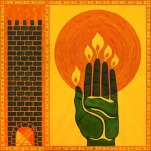Walt Disney’s Century: Snow White and the Seven Dwarfs
Hollywood's first feature-length cel animated film gave the world the Disney Princess

This year, The Walt Disney Company turns 100 years old. For good or ill, no other company has been more influential in the history of film. Walt Disney’s Century is a monthly feature in which Ken Lowe revisits the landmark entries in Disney’s filmography to reflect on what they meant for the Mouse House—and how they changed cinema. You can read all the entries here.
My mother was born in Cuba in the 1950s. She remembers a lot of stuff from her time there that sounds strange to me, but our childhoods share one thing, if you can believe it: The first movie we ever saw in a movie theater was the same one. It was Snow White and the Seven Dwarfs, the first feature-length, cel animated film. Released in 1937, it must’ve played some movie house on Isla de Pinos for a few pesos a seat in the last days of capitalism. It re-released for a big golden anniversary theatrical run in the United States in 1987, when I was three.
That’s the power of Disney, I guess: On the other end of fleeing from a Communist dictatorship, years after gaining fluency in English and U.S. naturalization, and after having two kids, the same damn movie was there waiting for my mom to take her kids to. Convenient!
-

-

-

-

-

-

-

-

-

-

-

-

-

-

-

-

-

-

-

-

-

-

-

-

-

-

-

-

-

-

-

-

-

-

-

-

-

-

-

-




